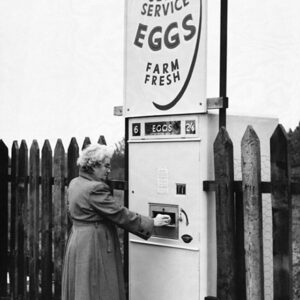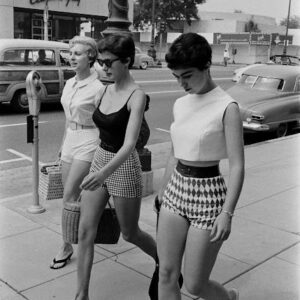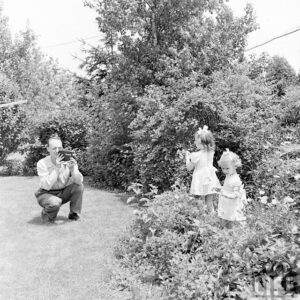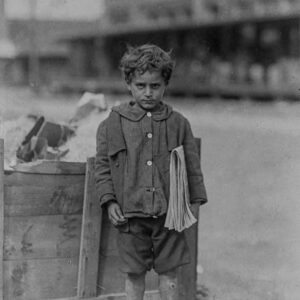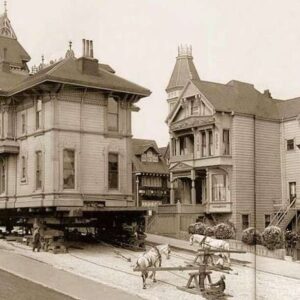
Ladies and gentlemen, let’s take a journey back in time to the bustling streets of New York City in 1903—a time of rapid growth, industrial progress, and vibrant city life. Through the lens of history, we can witness the daily routines, struggles, and energy of a city that never sleeps.

At the dawn of the 20th century, New York was the largest and most dynamic city in the United States, filled with immigrants seeking a better future. The streets were alive with activity. Men in suits and bowler hats hurried to work, while women in long dresses navigated the crowded sidewalks. Street vendors lined the roads, selling everything from fresh produce to newspapers, shouting out their latest deals.

One of the most striking sights of the time was the mix of transportation. Horse-drawn carriages and streetcars dominated the streets, creating a chaotic yet organized rhythm of movement. The elevated trains, known as “El” trains, roared above the avenues, providing a faster way to travel across the city. Meanwhile, the automobile was slowly making its way into daily life, though still a rare sight compared to the horse-drawn cabs.

Children played freely in the streets, dodging trolleys and chasing each other around makeshift playgrounds. Many of these children came from working-class immigrant families and often had jobs themselves—selling newspapers, shining shoes, or running errands. The city’s neighborhoods, from the bustling Lower East Side to the emerging skyscrapers of Midtown, were filled with a mix of cultures, languages, and traditions.

Factories and sweatshops buzzed with workers, many of them immigrants from Europe, struggling through long hours in poor conditions. Despite the hardships, the energy of New York was undeniable. Cafés, theaters, and vaudeville shows provided entertainment in the evenings, and people gathered in public squares to socialize, debate, and enjoy the city’s electric atmosphere.
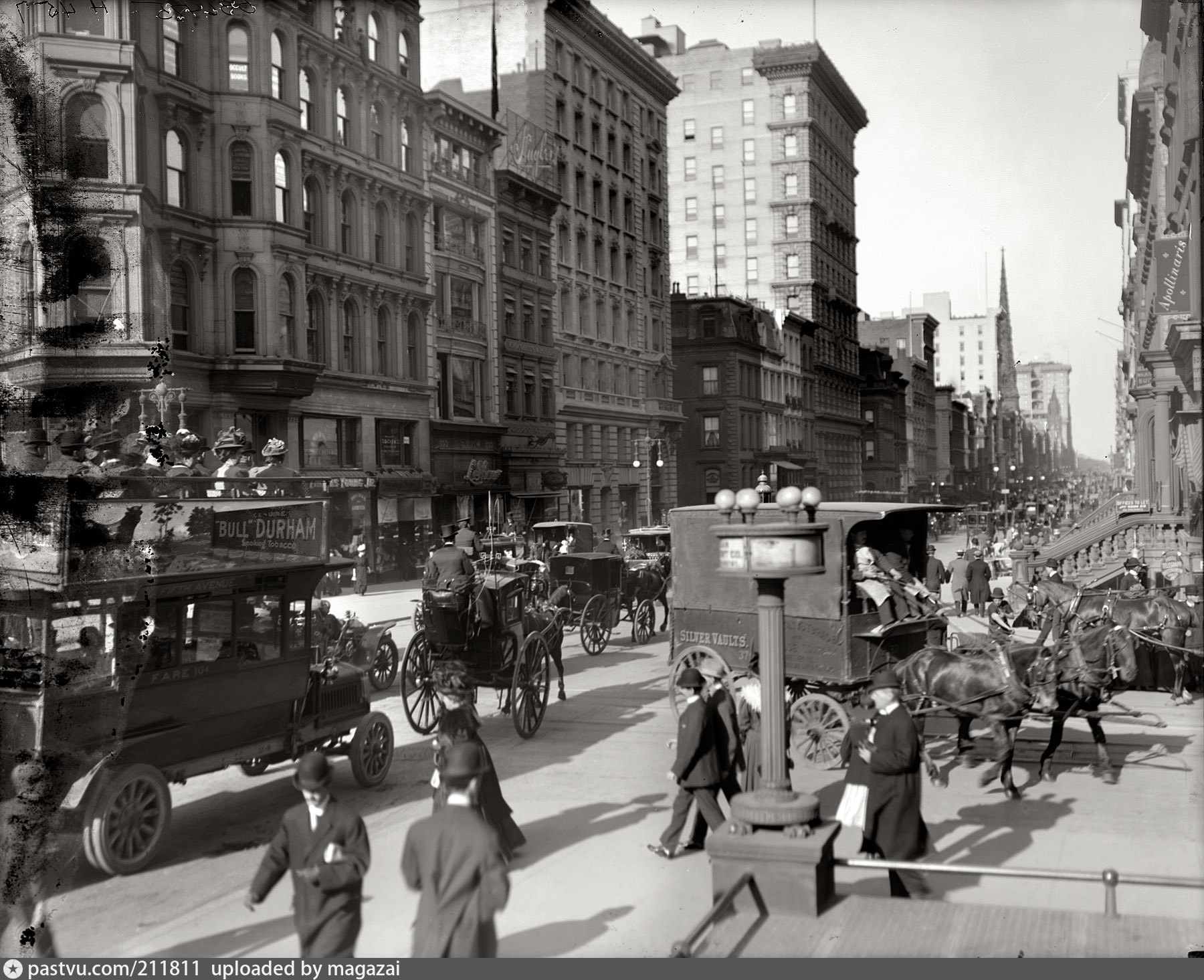
New York in 1903 was a city of contrasts—wealthy businessmen dined in elegant restaurants, while poor laborers lined up at soup kitchens. Yet, in the midst of it all, the city thrived, pulsing with opportunity, innovation, and an unstoppable drive toward the future.

Today, when we look at images of New York from 1903, we see not just a city of the past, but the foundation of the modern metropolis we know today. The streets, once filled with horse-drawn carriages, would soon give way to automobiles, subways, and towering skyscrapers. But the spirit of New York—the energy, ambition, and diversity—remains the same.
